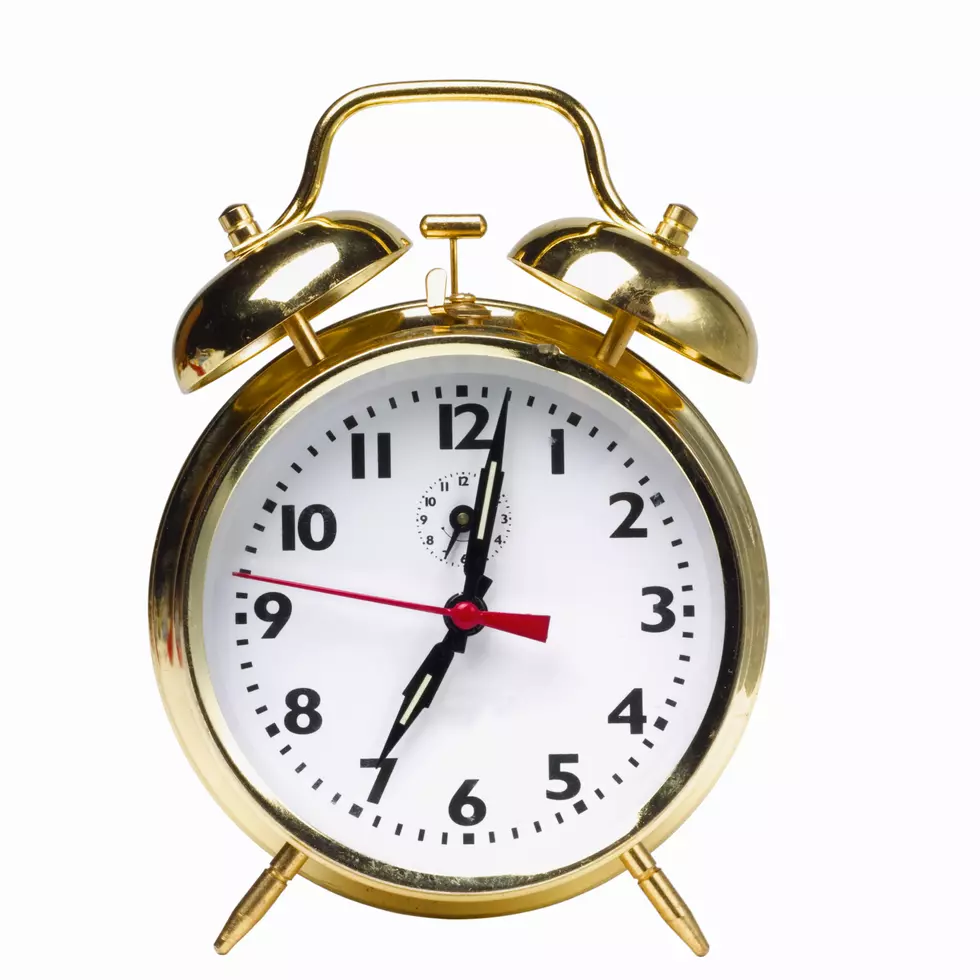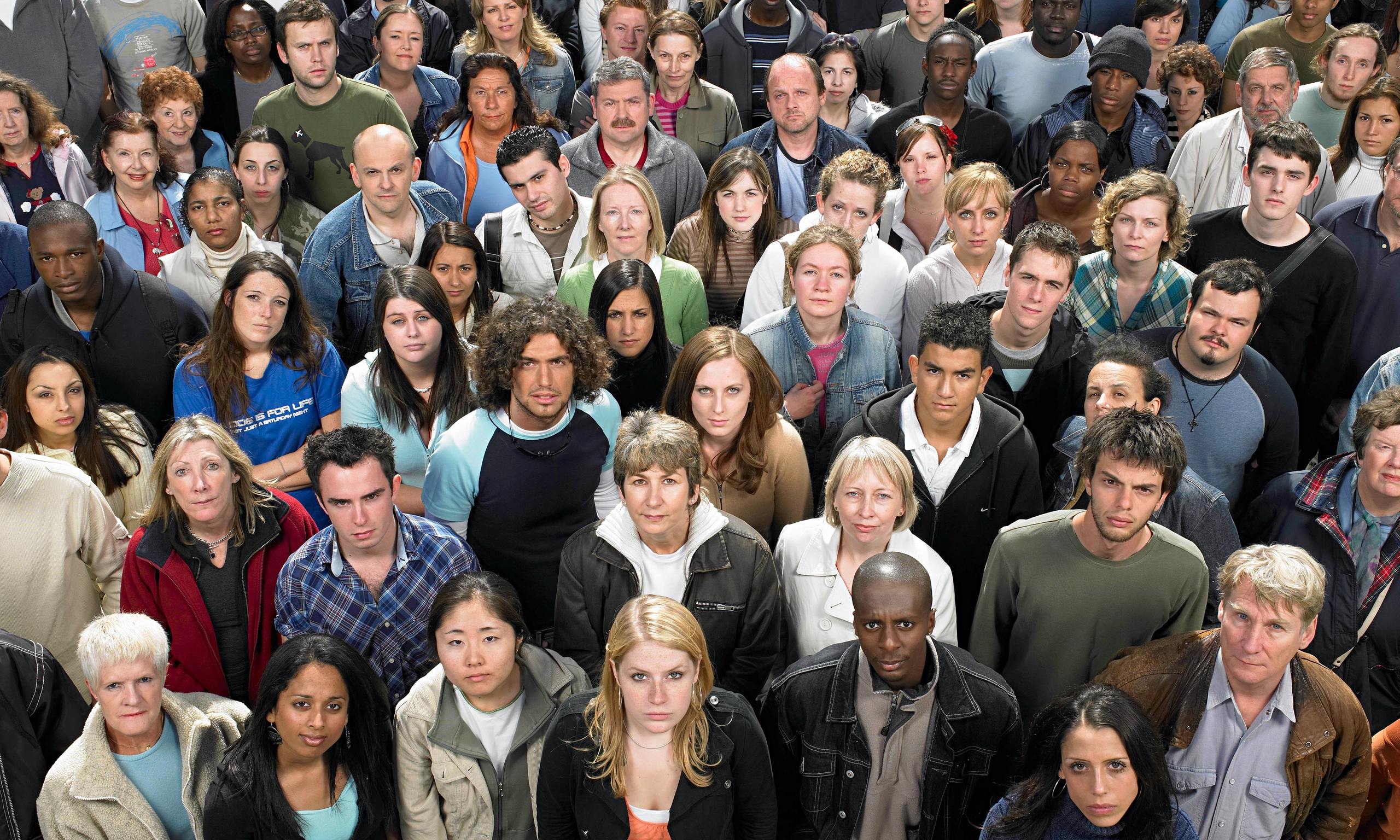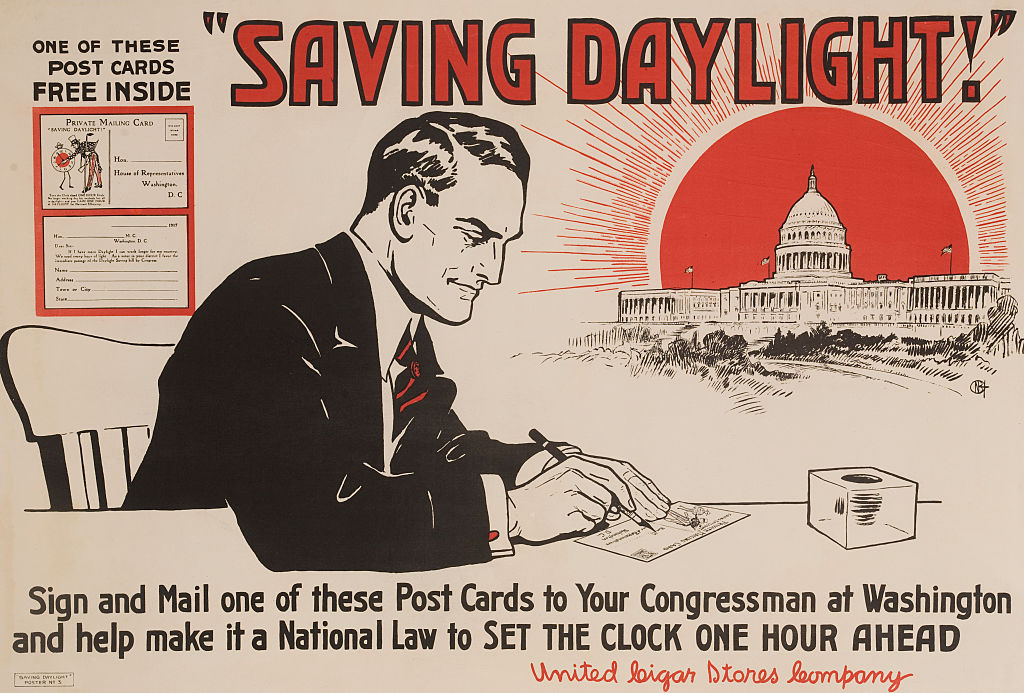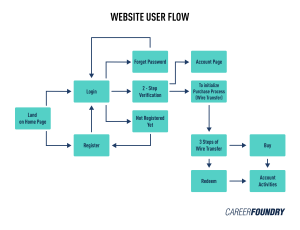As the days grow shorter and the air turns crisper, many Americans are preparing for the end of summer. But what exactly happens when “Summer Time” ends? This article explores the transition from summer to fall, the impact of Daylight Saving Time (DST), and how this shift affects daily life across the United States.
Understanding the End of Summer
The end of summer is often marked by the arrival of fall, which typically begins on September 23 in the Northern Hemisphere. However, the exact date can vary slightly depending on the year and whether it’s a leap year. This date is based on the astronomical definition of seasons, which is determined by the position of the Earth relative to the Sun.
In contrast, the meteorological definition of seasons divides the year into four equal parts based on temperature patterns. According to this system, summer in the U.S. runs from June 1 to August 31, and fall begins on September 1. While both definitions are used, the astronomical one is more commonly referenced in scientific discussions.
The Role of Daylight Saving Time

One of the most noticeable changes when summer ends is the end of Daylight Saving Time (DST). In 2023, DST ended on Sunday, November 5, at 2 a.m., when clocks were turned back one hour. This change marks the return to Standard Time, which brings earlier sunrises and sunsets.
For many, the end of DST means an extra hour of sleep. However, it also signals the start of darker evenings and longer nights. The transition can have a significant impact on daily routines, especially for those who commute or rely on natural light for outdoor activities.
Impact on Daily Life

When summer time ends, several changes occur:
- Sunrise and Sunset Times: The sun will rise earlier and set sooner each day. For example, in Newark, New Jersey, the sun sets at 5:52 p.m. on November 4, but only at 4:50 p.m. the next day after DST ends.
- Energy Use: With less daylight, people may use more electricity for lighting and heating. This can lead to increased energy consumption, especially in colder regions.
- Mood and Health: The shorter days and reduced sunlight can affect mood and mental health. Some people experience seasonal affective disorder (SAD) as the days get shorter.
- Travel and Commuting: Morning commutes become brighter, while evening commutes are darker. This can affect traffic patterns and safety.
Regional Variations

Not all states observe Daylight Saving Time. Arizona and Hawaii do not participate in DST, meaning their clocks remain the same throughout the year. Other states, like Indiana, adopted DST in 2006, while some, such as California, have voted to make DST permanent, pending federal approval.
In addition, U.S. territories like Puerto Rico, Guam, and American Samoa do not observe DST. These variations can create confusion for travelers and businesses that operate across different time zones.
Historical Context
Daylight Saving Time was first proposed by William Willett in 1907, but it wasn’t widely adopted until World War I. The U.S. first observed DST in 1918, and it became a standard practice in the 1960s with the passage of the Uniform Time Act.
Over the years, the dates for starting and ending DST have changed multiple times. In 2007, the Energy Policy Act extended the duration of DST, making it last from the second Sunday in March to the first Sunday in November.
Future of Daylight Saving Time
There has been growing debate about whether DST should be abolished or made permanent. Several states have passed legislation to eliminate the biannual clock changes, and the Sunshine Protection Act was introduced in Congress to achieve this.
However, any changes would require federal approval, and the process is still ongoing. As of now, the current schedule remains in effect, with DST ending on the first Sunday in November and beginning again on the second Sunday in March.
Conclusion
When summer time ends, it’s more than just a change in the clock—it’s a shift in the rhythm of daily life. From the end of daylight saving to the onset of fall, the transition brings both challenges and opportunities. Whether you’re adjusting your schedule, preparing for colder weather, or simply enjoying the last days of summer, understanding the significance of this change can help you make the most of the season.
Stay updated with the latest news and trends in the U.S. as we continue to explore the ever-changing landscape of our nation.
Author Section
Author: Alex Carter
Title/Role: Senior Writer & Analyst
Credentials: With over a decade of experience in journalism and public policy, Alex specializes in covering U.S. cultural and social trends. He has contributed to major publications including The New York Times and USA Today.
Profile Link: www.alexcarterjournalism.com
References
- TimeAndDate.com – Understanding Seasons
- National Geographic – Daylight Saving Time
- U.S. Department of Transportation – DST Information
Internal Links
FAQ
Q: When does Daylight Saving Time end in 2023?
A: Daylight Saving Time ends on Sunday, November 5, 2023 at 2 a.m.
Q: Which states don’t observe Daylight Saving Time?
A: Arizona and Hawaii do not observe DST, along with U.S. territories like Puerto Rico and Guam.
Q: How does the end of summer affect the environment?
A: The end of summer leads to cooler temperatures, shorter days, and changes in wildlife behavior, such as migration and hibernation.
Call to Action
Stay informed about the latest developments in U.S. news and trends. Explore today’s headlines and discover what’s happening in your community and beyond. Subscribe to our newsletter for exclusive updates and insights.
URL Slug: us-trending-news-summer-time-ends
Meta Title: US Trending News: What Happens When Summer Time Ends?
Meta Description: Discover what happens when summer time ends in the U.S. Learn about Daylight Saving Time, seasonal changes, and how it affects daily life. Stay updated with the latest news.
Schema Markup:
{
"@context": "https://schema.org",
"@type": "Article",
"headline": "US Trending News: What Happens When Summer Time Ends?",
"description": "Discover what happens when summer time ends in the U.S. Learn about Daylight Saving Time, seasonal changes, and how it affects daily life. Stay updated with the latest news.",
"author": {
"@type": "Person",
"name": "Alex Carter"
},
"publisher": {
"@type": "Organization",
"name": "US News Today",
"logo": {
"@type": "ImageObject",
"url": "https://www.usnewstoday.com/logo.png"
}
},
"datePublished": "2025-04-05",
"dateModified": "2025-04-05"
}












More Stories
US Trending News: How to Solve ‘Spelling Expert Crossword Clue’ Like a Pro
How to Celebrate Pets Day of the Dead: A Heartfelt Tribute for Your Furry Friends
US Trending News: What Is New Hope Jamaica and Why It Matters Today